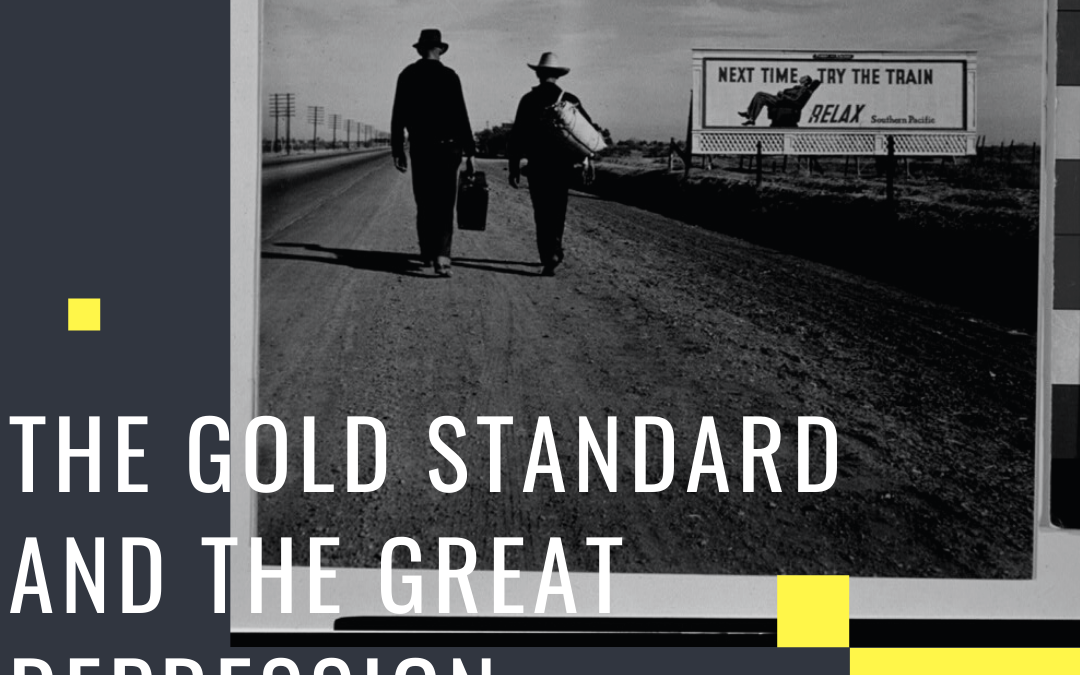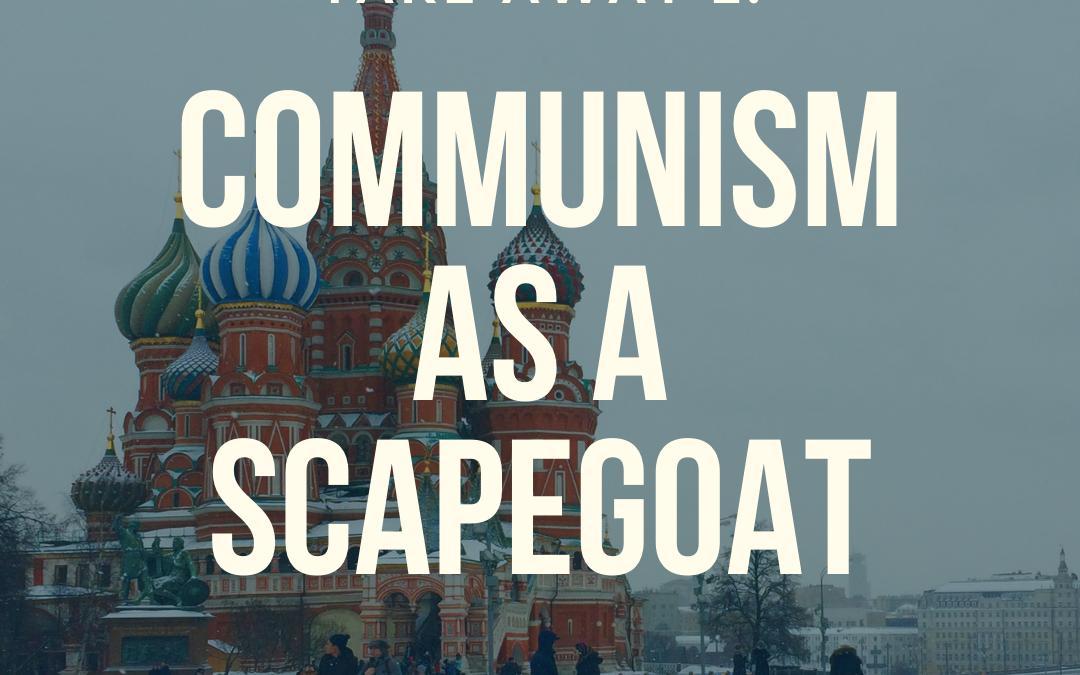
by Chris Staron | Aug 2, 2022 | Episodes
In His Steps free audiobook
This is part 3 of an audiobook presented on Truce. Please start at part 1!
Become a patron of the show to keep more content like this coming your way!
In His Steps by Charles Sheldon is a classic of Christian fiction. It is also one of the top-selling Christian books of all time. We’ve been running through the history of Christian fundamentalism this season. It’s worth noting that fundamentalism was a reaction to liberal theology, especially modernism. Another form of liberal theology was the “Social Gospel”. It was a movement led by people like Walter Rauschenbusch that emphasized the socially conscious aspects of Christianity, while simultaneously downplaying evangelism.
Christian fundamentalists did not like the Social Gospel. For one thing, it had a positive view of human progress. It said that the world could get better and better and then Jesus would return. Christian fundamentalists generally think that world history trends downward.
I’m presenting this original audio recording for many reasons. I think this book offers a great window into the era in which it was created (the late 1800s). It also represents the Social Gospel and a slice of the Holiness movement quite well. Finally, I think we need to hear this story in our modern context. Modern Christian churches are divided. What would happen if we dared to ask “What Would Jesus Do?”
Things to track as you listen:
- The role of women in this society
- Wealthy attitudes toward the poor
- The genesis of financial woes in this book is sometimes economic crisis (the late 1800s was full of panics and recessions) and sometimes sin based
- The Holiness movement and those who object to it
- Is this book evangelistic? If so, how is the gospel presented? If not, what does this book leave out?
- The overall positive view of human progress
- Social movements like the pure foods movement, temperance, suffrage, anti-gambling

by Chris Staron | May 3, 2022 | Uncategorized
How the gold standard made the Great Depression much worse
The Great Depression. Some say that it was caused by a failure of the stock market. Well… that’s not all. Jacob Goldstein, host of NPR’s Planet Money podcast and author of “Money: the Truce Story of a Made-Up Thing” joins us to discuss the role the gold standard played in making the depression what it was.
A run on the bank
Here is why the gold standard made the Great Depression much worse. Simply put, the panic of 1929 caused people to run to the bank and demand their money back in the form of gold. We were on the gold standard back then and you could literally go to a bank and ask for them to get your money in gold. But banks were running out! There was only so much gold on hand because banks don’t generally keep 100% of their money in the vault. And banks (for the ease of our understanding things) “create” money when they do loans. So it was possible for a bank only to have a certain percentage of their loans backed by actual gold.
The Federal Reserve Raised Interest Rates
This created real trouble. If the banks ran out of gold, they’d go broke and have to close. So the Federal Reserve decided to raise interest rates. Raising interest rates gives people an incentive to leave their money in banks because then they get more interest. BUT it also made it harder for people to borrow money or refinance their existing loans. Which put a huge crimp on the American financial system. In order to keep gold in the banks, the Fed had to hobble the loan industry. That meant that businesses couldn’t get loans to help with payroll, and people looking to start a business couldn’t get the money they needed. And the economy froze.
That is why the gold standard was bad for the economy. Preserving it meant sacrificing the loan industry.
Helpful Sources:

by Chris Staron | Apr 26, 2022 | Episodes
What is the Gold Standard?
There was a time not so long ago when the value of an ounce of gold cost $20.67. That was true not just in one moment or one year. It was true in the 1880s, 1890s, 1900s, 1920s… This was the gold standard. A person could take $20.67 to a federal bank and receive an ounce of gold in return.
This system worked really well… for a while. But by the 1890s the constant deflation caused by the increasing value of gold meant that people with loans had to work harder and harder to pay them back. The value of gold and the value of goods had an inverse relationship, like a seesaw. One side went up and the other went down.
William Jennings Bryan and “The Cross of Gold” speech
This is the topic William Jennings Bryan chose to discuss in the 1896 Democratic Convention. And it was that speech that won him the presidential nomination that year. Imagine that! Someone so passionate about inflating the cost of good that they are chosen to be president! His bimetallism (he wanted to add silver into the mix to devalue the specie) stance came out of his social gospel leanings and his Christian faith. This was a high point for the social gospel. As the evangelical world was about to turn to the darker premillennialist view, Bryan made an impassioned plea that we could, in fact, make this world a better place.
My guest for this episode is the amazing Jacob Goldstein. He’s the author of the book “Money: the True Story of a Made-Up Thing”. He’s also a co-host of the Planet Money Podcast. You’ll also hear from Michael Kazin, professor of history from Georgetown and author of “A Godly Hero”.
Helpful Links
Discussion Questions
- Have you ever gotten so excited at a political speech that you would gladly carry the politician around the room?
- What is money?
- Why do some of us want our money to be backed by something else? Why gold?
- Is there something inherent in gold that you think makes it forever valuable?
- Do politicians and government officials have some responsibility to consider how monetary policy impacts those in the lower classes? What does that look like?
- How has your life been impacted by monetary policy?
- How do you feel about things like the FDIC?

by Chris Staron | Apr 6, 2021 | Episodes
An interview with Jemar Tisby to discuss race, communism, and why we sometimes don’t like to talk about either.
Season three of Truce has been all about how the rise of communism in Russia impacted the Christian Church. As we approach the end of the season, I want to highlight some of the important takeaways.
One of them is that communism can be used as a scapegoat. That is used by some people to get the public to hate or disregard something they don’t like. That could be the COVID crisis or Black Lives Matter.
Our guest today is Jemar Tisby. He’s the author of the New York Times Bestseller “The Color of Compromise” and “How to Fight Racism“. He’s also a frequent voice on the Pass The Mic Podcast. You can access his Substack email list here.
Helpful links:
- Article about the Wyoming Health Department official who resigned due to his denial of COVID 19.




